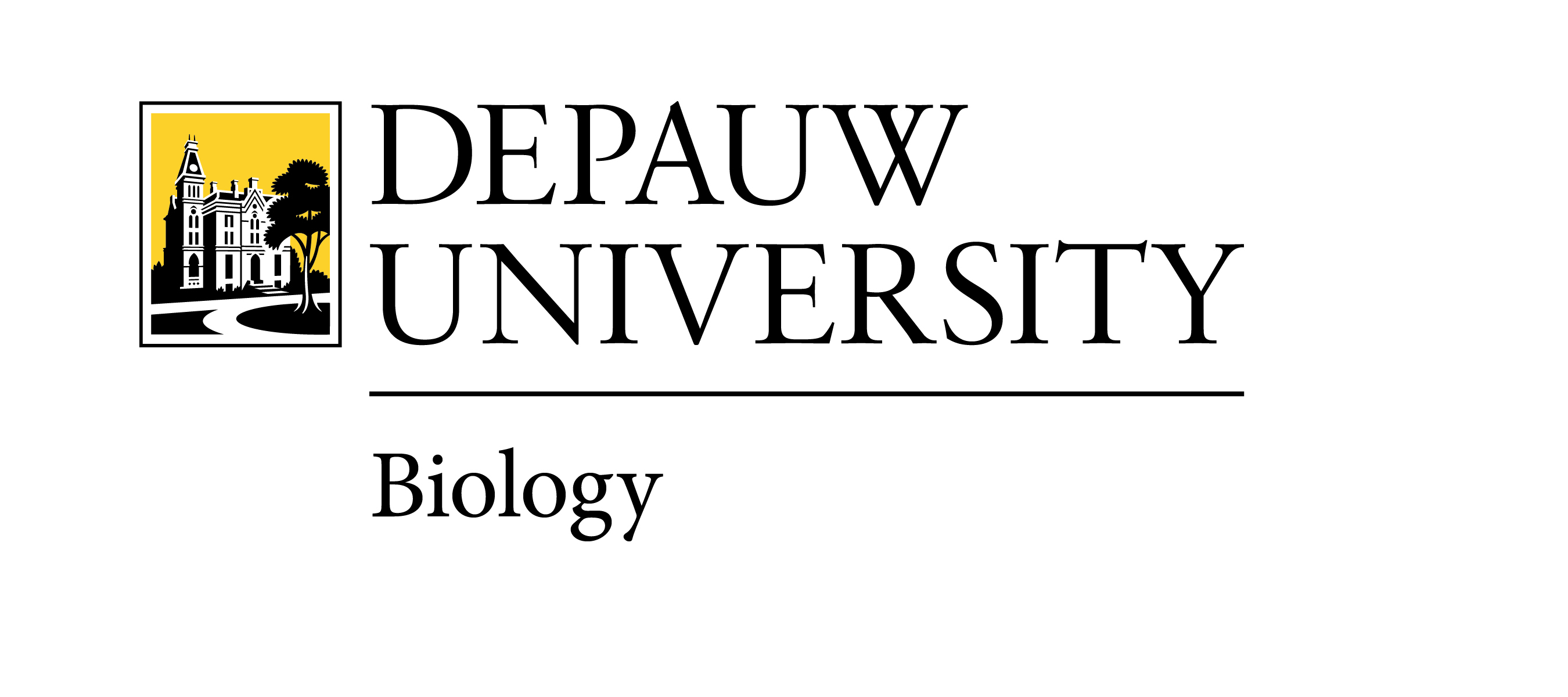Preliminary study of the feeding habits of seven species of oribatid mites from Nigeria
Abstract
Feeding habits of members of two genera of macropyline oribatid mites (Mesoplophora and Nothrus) and five genera of brachypyline mites (Pergalumna, Scheloribates, Muliercula, Galumnella and Teleolides) from Nigeria were studied in laboratory experiments. Individuals extracted directly from the soil were observed in October 2002 for 287 days and May 2003 for 102 days. Edible yeast, algae (Pleurococcus sp.), litter filtrate and litter residue were offered for consumption. Presence of the mites on the food types as well as reduction in food size were used as indicators of consumption. Based on their food preferences in the laboratory, Pergalumna sp., S. mochlosimilaris, G. sonpona and M. inexpectata were classified as panphytophagous while M. ifeana, a surface dweller, was classified as microphytophagous. The alga Pleurococcus sp. seemed to be the most suitable food for Teleolides sp. It was observed that the relatively larger Pergalumna sp. and Teleolides sp., whose populations were extremely low in the field, fed more actively on almost all available food materials offered in the laboratory, hence their relatively longer survival in the laboratory when compared to the other taxa. Nothrus lasebikani did not feed in the laboratory experiments.


